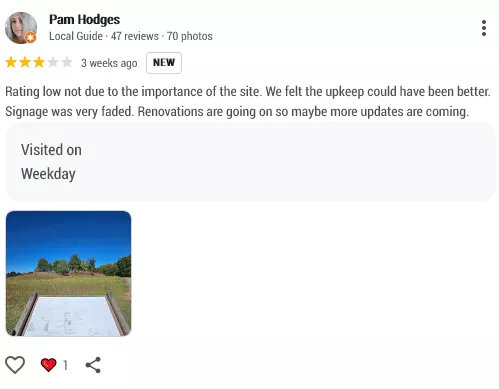The state’s tourism industry has perfected the art of making ordinary things sound extraordinary through creative naming and ambitious signage.
You’ll encounter everything from “mountains” that are actually hills to “world’s largest” claims that multiple states dispute.
These attractions represent decades of well-meaning attempts to put Oklahoma on the tourism map, with results that range from endearingly amateur to professionally disappointing.
1. Frontier City, Oklahoma City
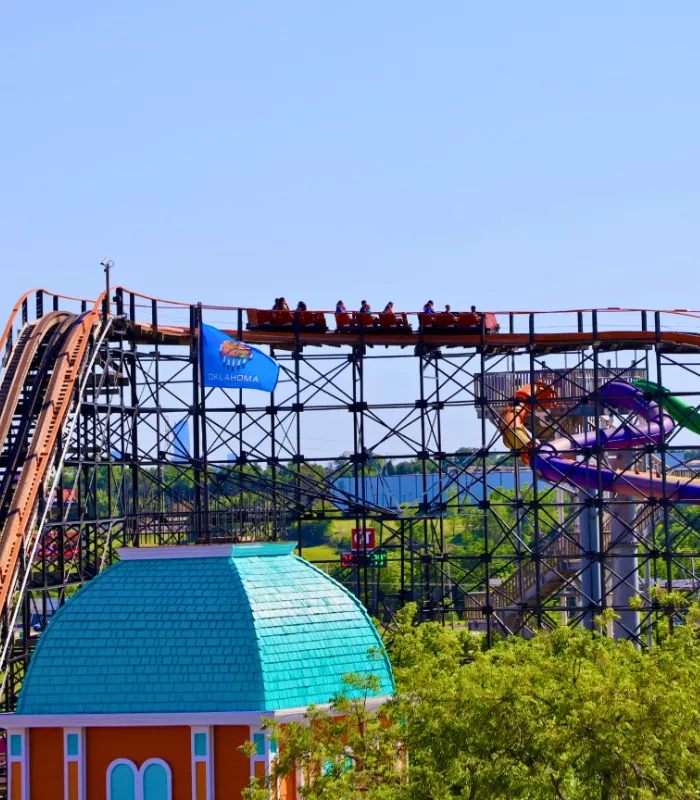
This Wild West-themed amusement park opened in 1958 and tries to capture the spirit of the Old West.
The park features roller coasters, water rides, and cowboy shows spread across 65 acres.
The rides are outdated and the
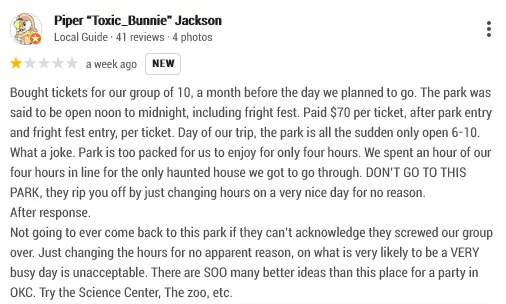
thrills just don’t measure up to modern standards.
Many visitors compare it unfavorably to major theme parks like Disneyland.
The park struggles with maintenance issues and long lines for mediocre attractions that haven’t been updated in decades.
Why It’s On This List: Visitors often leave disappointed, feeling like they paid premium prices for a subpar experience that doesn’t deliver on its Wild West promises.
2. Spiro Mounds Archaeological Center, Spiro
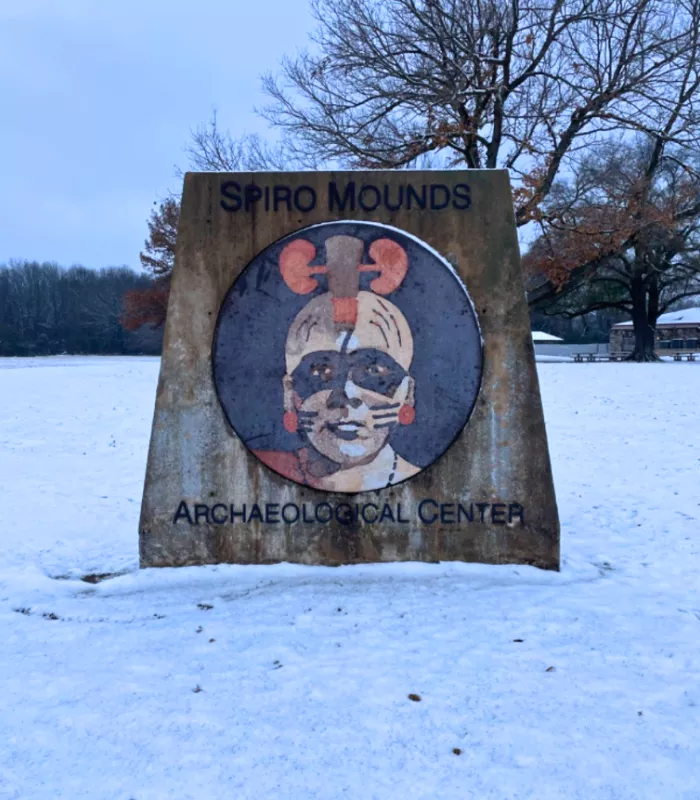
This site preserves the remains of a Native American settlement that flourished from 850 to 1450 AD.
The Spiro people created one of the most important prehistoric settlements in North America.
The center features artifacts and exhibits about the sophisticated culture that once thrived along the Arkansas River.
Most of the actual mounds were destroyed by treasure hunters in the 1930s.
What remains are mostly interpretive displays rather than authentic archaeological features.
3. Route 66 Museum, Clinton
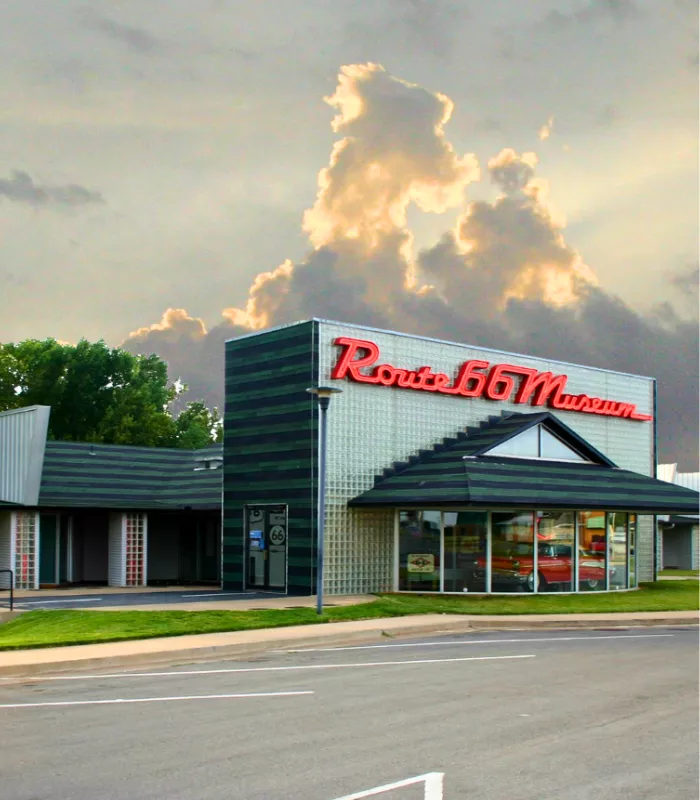
The Oklahoma Route 66 Museum celebrates America’s most famous highway, which runs 400 miles through the state. The museum opened in 1995 and features vintage cars, neon signs, and Route 66 memorabilia.
Interactive exhibits try to recreate the golden age of American road trips from the 1920s through 1960s.
But here’s the catch – the museum feels more like a gift shop than a meaningful historical experience. The exhibits are dated and the admission price doesn’t match the value you receive.
Why It’s On This List: Visitors report feeling like they wasted their money on overpriced nostalgia that lacks depth and authentic historical context.
4. American Indian Cultural Center, Oklahoma City
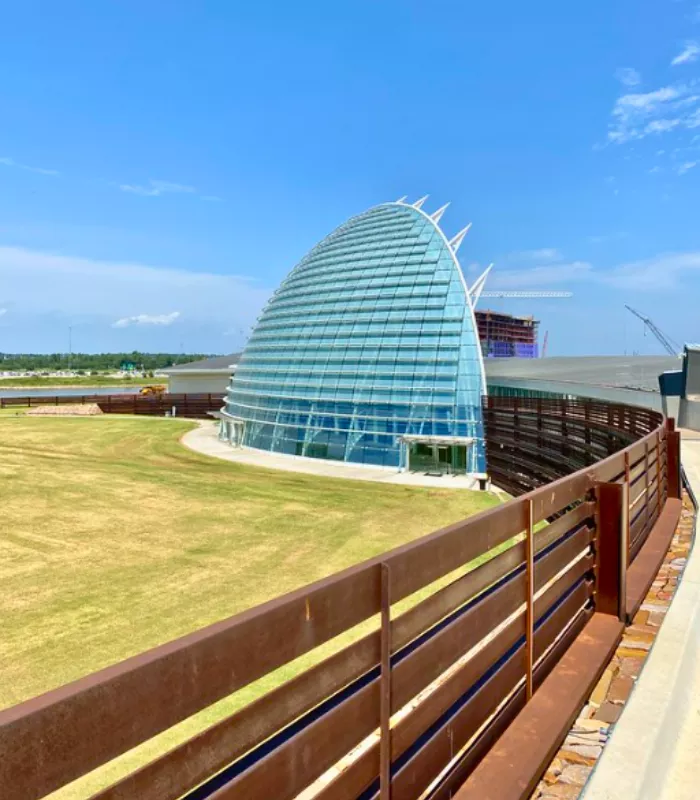
This massive project was designed to showcase the heritage of Oklahoma’s 39 Native American tribes. Construction began in 2005 with grand plans for a world-class cultural facility.
The center was supposed to feature museums, theaters, and educational programs celebrating Native American culture and history.
Construction stalled due to funding problems and political disputes. The unfinished building sits as a monument to broken promises and mismanagement.
Why It’s On This List: After years of delays and millions in taxpayer money, visitors find an incomplete facility that symbolizes failed government promises to Native communities.
5. J.M. Davis Arms & Historical Museum, Claremore
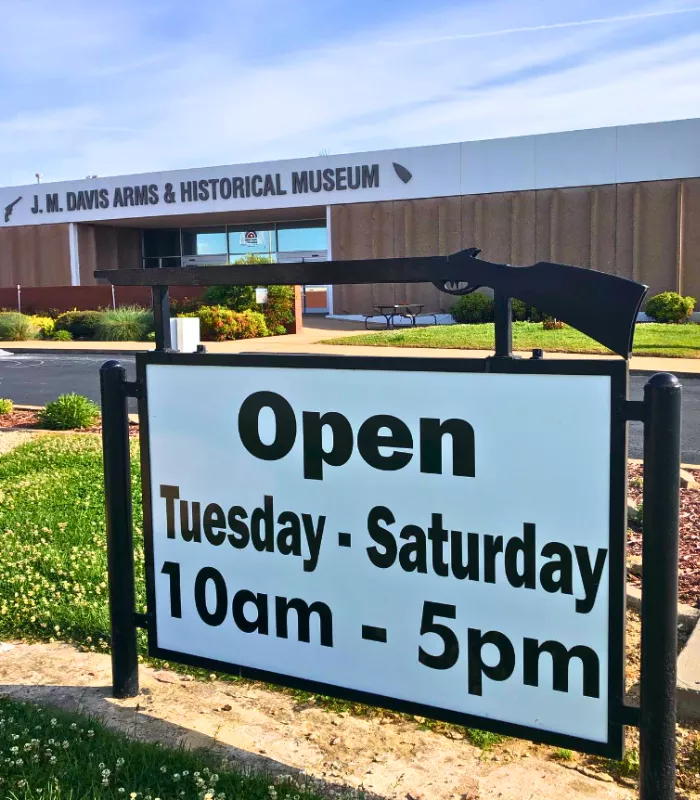
This museum houses over 50,000 artifacts, making it one of the world’s largest privately-assembled gun collections. The collection includes firearms dating back to the 14th century.
The museum also features musical instruments, saddles, and other Western memorabilia collected by hotel owner J.M. Davis.
But here’s the catch – the overwhelming focus on weapons can feel uncomfortable for many families. The presentation lacks context about the historical impact of firearms.
Why It’s On This List: Many visitors find the massive gun collection more unsettling than educational, especially when traveling with children or grandchildren.
6. Enterprise Square USA, Oklahoma City (Closed)
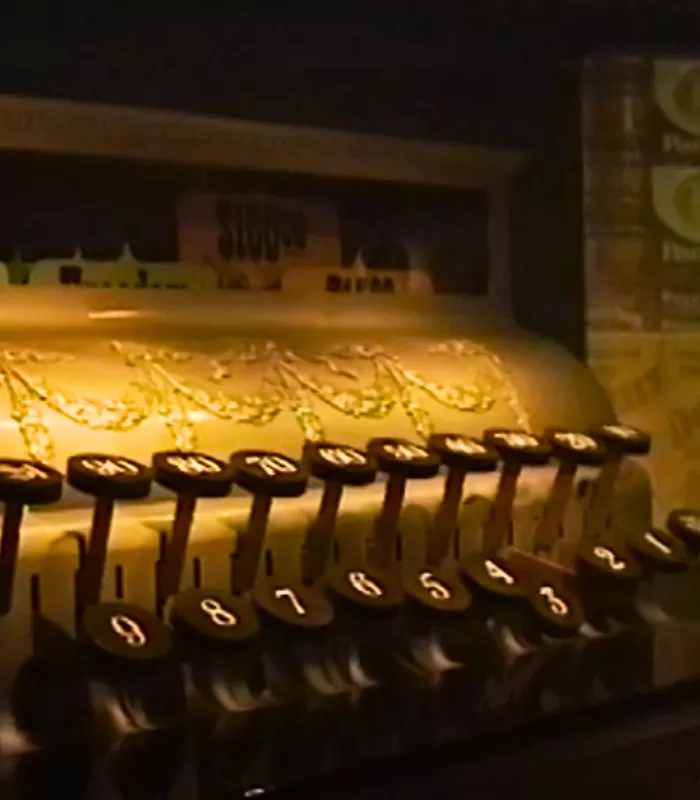
This bizarre attraction operated from 1982 to 1999 as a children’s museum dedicated to capitalism and free market economics. The facility featured puppet shows, video games, and interactive displays about business.
Notable exhibits included singing money, a robot teaching supply and demand, and a “Hall of Heroes” featuring famous entrepreneurs.
The museum’s grand finale was a barbershop quartet of singing currency performing songs about the free market system.
Why It’s On This List: Even when it was open, this attraction bored children and confused parents with its heavy-handed political messaging disguised as family entertainment.
7. Covered Wagon Sculpture, Norman
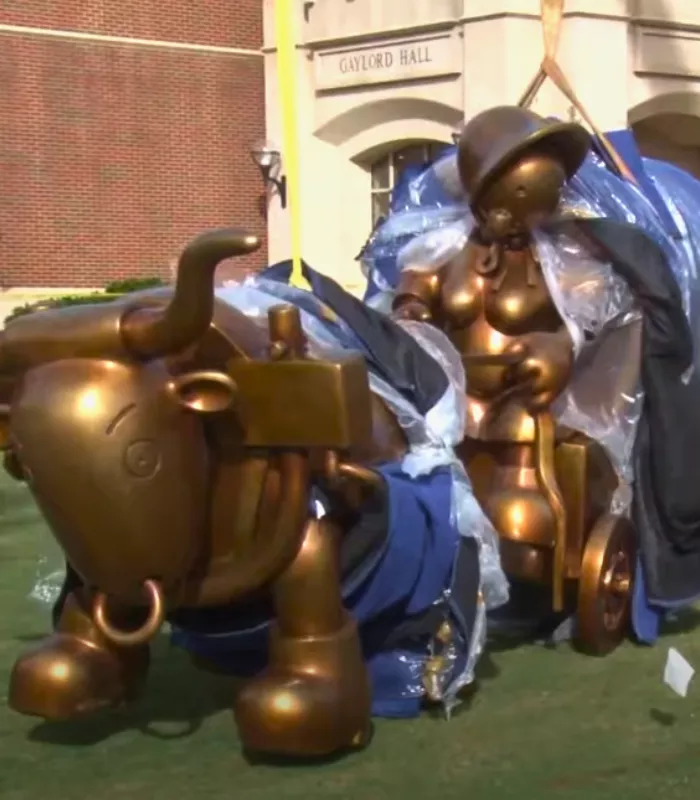
This public art installation sits near the University of Oklahoma campus and depicts a pioneer wagon train. The sculpture was created by artist Tom Otterness as part of a public art initiative.
The bronze figures show settlers heading west during Oklahoma’s territorial period in the late 1800s.
But here’s the deal – the sculpture became controversial when people discovered the artist’s disturbing past. In the 1970s, Otterness made an art film where he shot and killed a dog.
Why It’s On This List: The controversy surrounding the artist’s past makes this a uncomfortable stop for animal lovers and families, overshadowing any artistic merit.
8. Giant Cross, Edmond
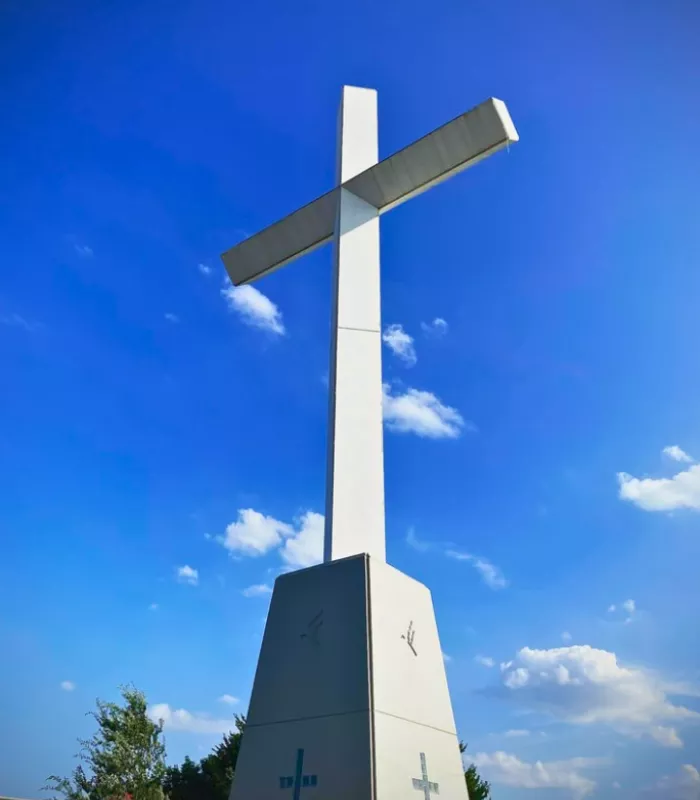
This massive concrete cross stands 138 feet tall and 10 feet wide along Interstate 35. Built in the 1990s, it’s made of 8-inch thick pre-stressed concrete rather than the typical metal construction.
The cross is visible from miles away and was intended as a religious landmark for travelers.
But here’s the catch – many visitors find it more imposing than inspiring. The stark concrete structure lacks the beauty or craftsmanship of traditional religious architecture.
Why It’s On This List: The massive concrete monument feels more like a highway eyesore than a meaningful religious experience, disappointing both believers and architecture enthusiasts.
9. Rodeo Sam, Marietta
This roadside attraction features a large cowboy figure that was supposedly featured in the 1996 movie “Twister” before his scene was cut. The statue was damaged in a 2011 storm and later repaired.
The site includes other Western-themed sculptures and animals, creating a small roadside zoo experience.
Visitors can see horses, different animals, and even a turtle alongside the main Rodeo Sam attraction.
Why It’s On This List: While quirky, this roadside stop feels more like a random collection of Western kitsch than a destination worth planning a trip around.
10. Spider VW Bug, Lexington
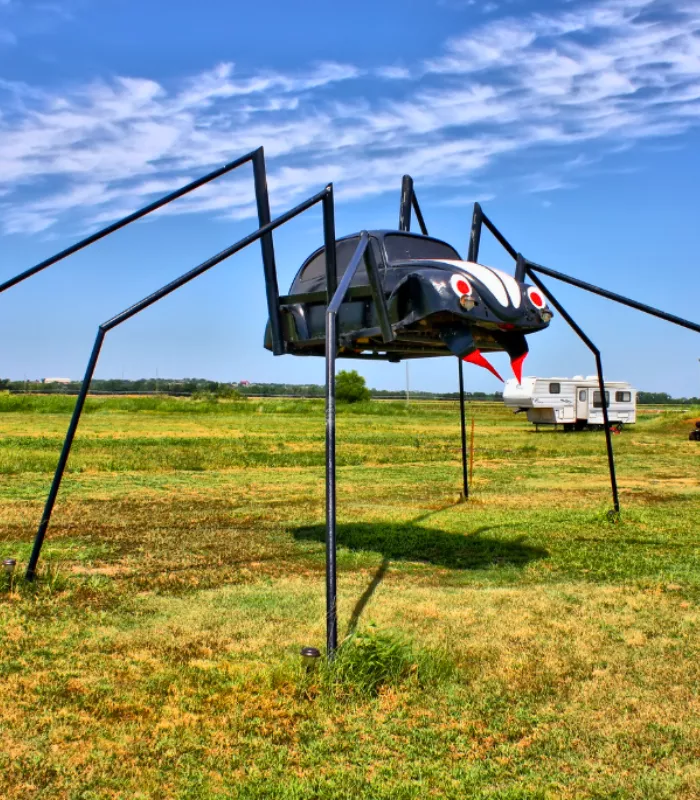
This unusual roadside attraction features a Volkswagen Beetle modified to look like a giant spider. Built in the 1970s, it originally stood about 15 feet high but has sagged over the years.
The sculpture sits near what used to be the world’s largest VW salvage yard, giving it some automotive history context.
But here’s the deal – the attraction is easy to miss and not well-maintained. Many visitors drive right past without noticing it.
Why It’s On This List: This deteriorating roadside oddity offers little more than a quick photo opportunity and doesn’t justify going out of your way to see it.
11. Blue Whale of Catoosa, Catoosa
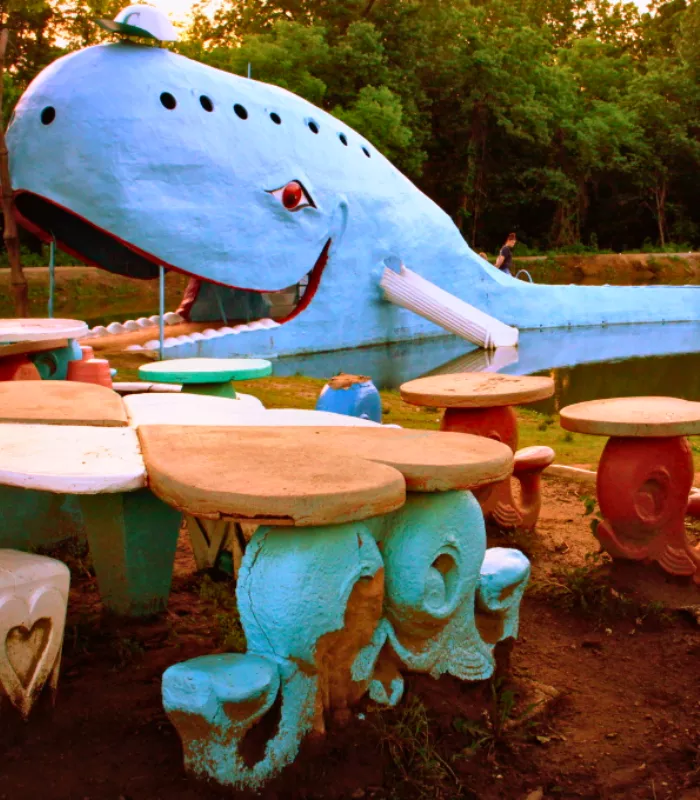
This 80-foot-long concrete whale was built in the early 1970s by Hugh Davis as an anniversary gift for his wife Zelta. The roadside attraction sits in a small pond along historic Route 66.
The whale was originally part of a larger swimming hole and picnic area that drew families from across the region.
But here’s the catch – the swimming area has been closed for years due to safety concerns. Now visitors can only look at the fading blue whale from behind a fence.
Why It’s On This List: What was once a beloved family destination is now just a photo opportunity with a deteriorating concrete whale that you can’t even get close to.
12. World’s Largest Peanut, Durant
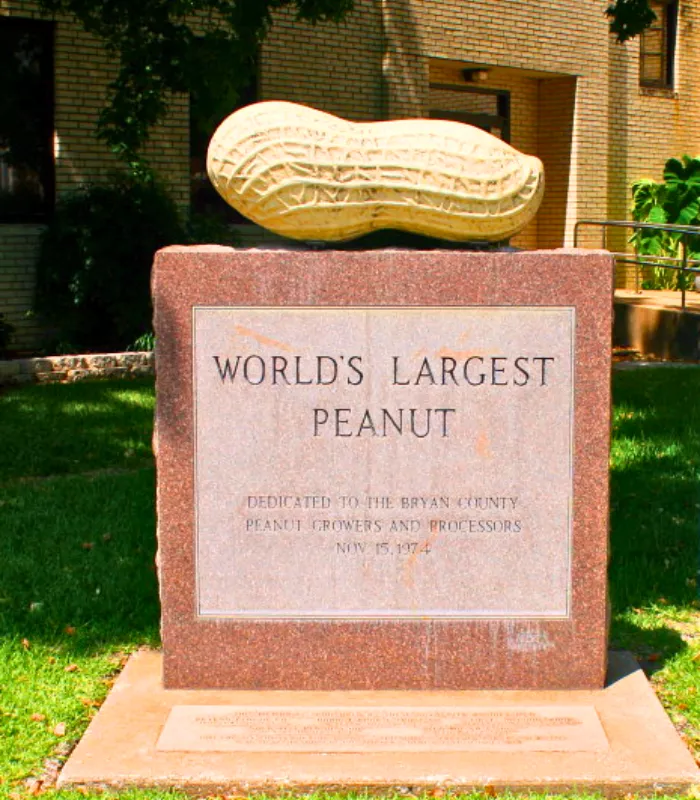
This fiberglass peanut statue stands outside a local business and claims to be the world’s largest peanut sculpture. It measures about 8 feet tall and weighs several hundred pounds.
The peanut was installed to celebrate Durant’s agricultural heritage and connection to peanut farming in southeastern Oklahoma.
But here’s the deal – several other towns across America make similar claims about having the world’s largest peanut. The competition makes this attraction feel less special.
Why It’s On This List: This oversized legume offers little more than a quick selfie opportunity and doesn’t provide any real educational value about local agriculture or history.
13. Woolaroc Museum, Bartlesville
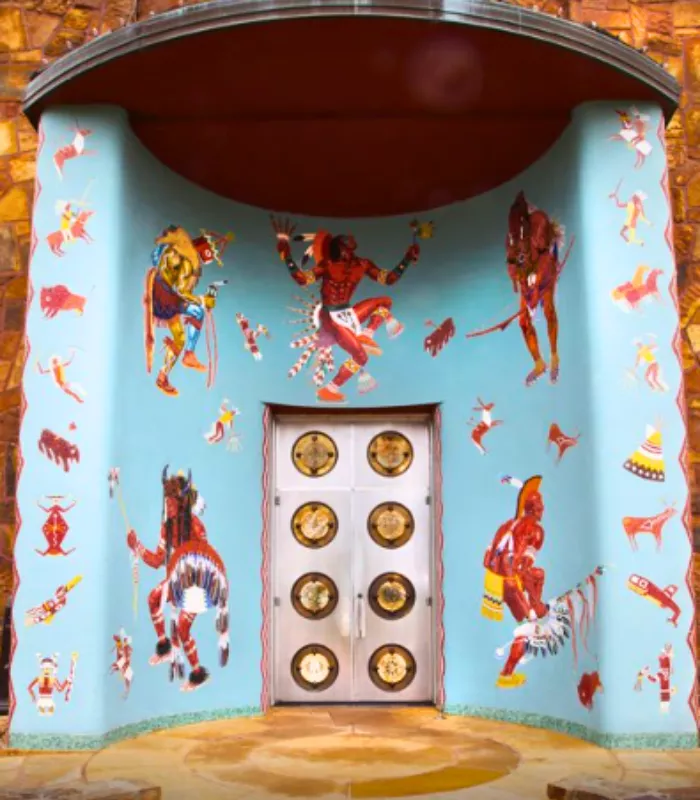
This 3,700-acre wildlife preserve and museum was created by oil baron Frank Phillips in the 1920s. The facility houses Native American artifacts, Western art, and Phillips’ personal collections.
The preserve is home to buffalo, elk, and other wildlife roaming across the Osage Hills landscape.
But here’s the catch – the admission prices are steep for what amounts to a wealthy oil executive’s personal hobby collection. Many exhibits feel more like a rich man’s trophy room than a proper museum.
Why It’s On This List: Visitors often feel like they’re paying premium prices to tour someone’s private collection rather than experiencing a professionally curated museum.
14. National Cowboy & Western Heritage Museum, Oklahoma City
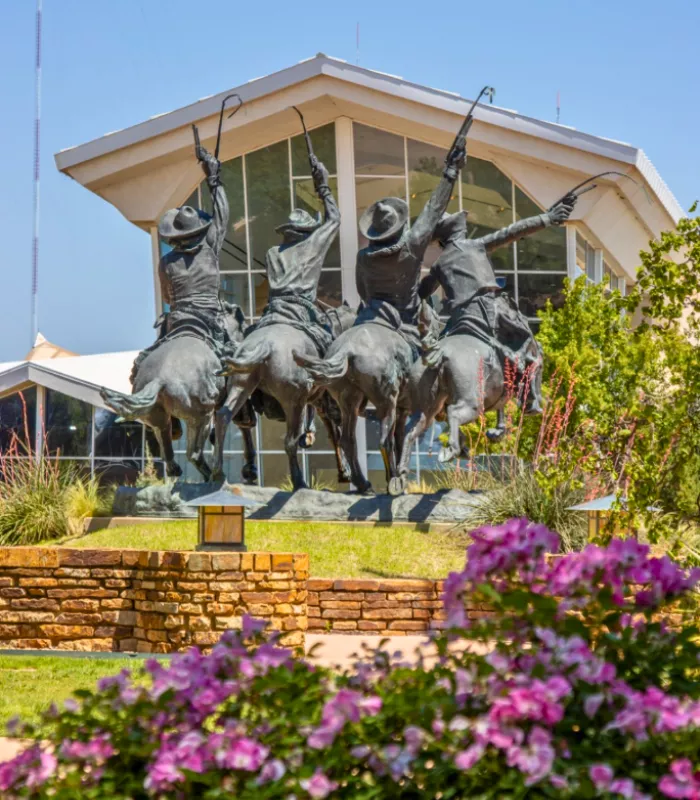
This museum houses one of the world’s most extensive collections of Western art and artifacts.
It covers 200,000 square feet and attracts over 200,000 visitors annually.
The exhibits showcase cowboy culture, Native American history, and frontier life through paintings, sculptures, and historical items.
Many visitors find the presentation overly sanitized and one-sided.
The museum tends to romanticize the Old West while glossing over uncomfortable historical truths.
Why It’s On This List: The museum presents a “shiny and bright skewed view of history” that feels more like propaganda than education, especially regarding Native American experiences.
15. Tallgrass Prairie Preserve, Pawhuska
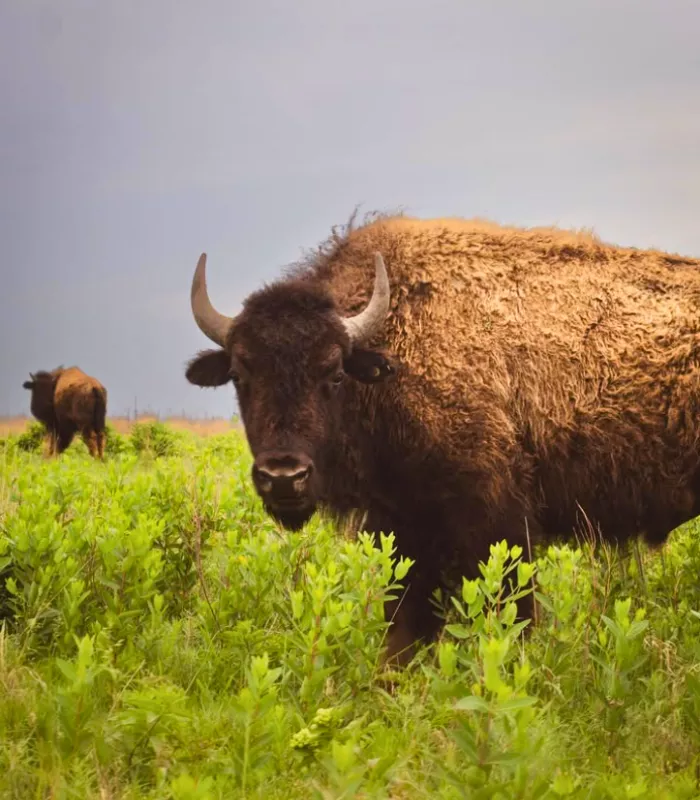
This 39,000-acre preserve protects one of the last remaining tallgrass prairie ecosystems in North America. The Nature Conservancy manages the land and maintains a herd of 2,500 bison.
The preserve offers hiking trails, educational programs, and opportunities to see wildlife in their natural habitat.
But here’s the catch – the preserve is often overcrowded with tourists expecting a Yellowstone-like experience. The reality is long drives on dusty roads with no guarantee of seeing bison.
Why It’s On This List: Many visitors leave disappointed after spending hours driving around without seeing the promised wildlife, especially during peak tourist seasons.
16. Cherokee Heritage Center, Tahlequah
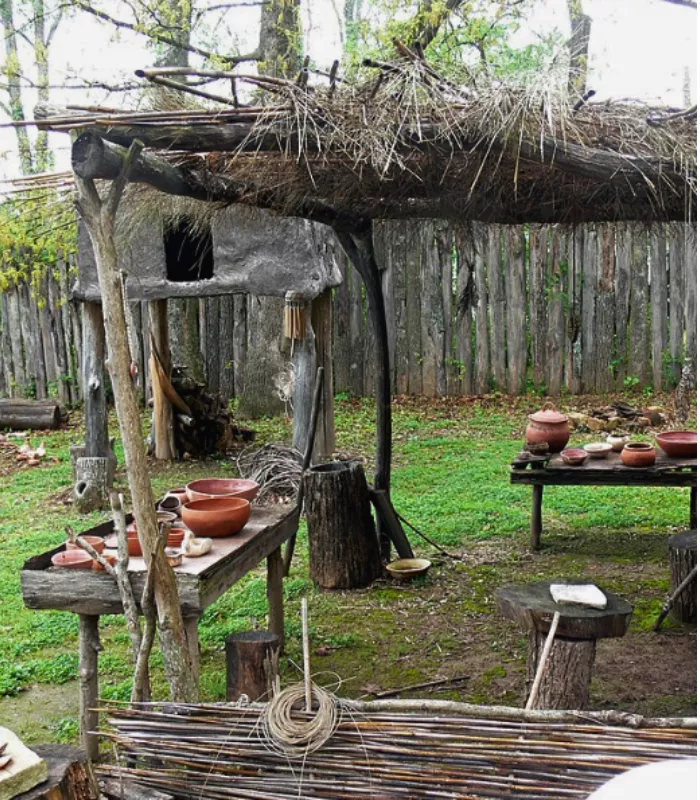
This cultural center tells the story of the Cherokee Nation through exhibits, demonstrations, and reconstructed villages. The facility includes the Trail of Tears exhibit and Cherokee National Museum.
The center aims to preserve and share Cherokee history, language, and traditions with visitors from around the world.
But here’s the deal – some exhibits feel sanitized and don’t fully address the harsh realities of Cherokee removal and persecution. The presentation sometimes lacks the emotional depth the subject deserves.
Why It’s On This List: The center’s attempt to balance education with tourism sometimes results in a watered-down version of Cherokee history that doesn’t honor the full truth of their experiences.
17. Robbers Cave State Park, Wilburton
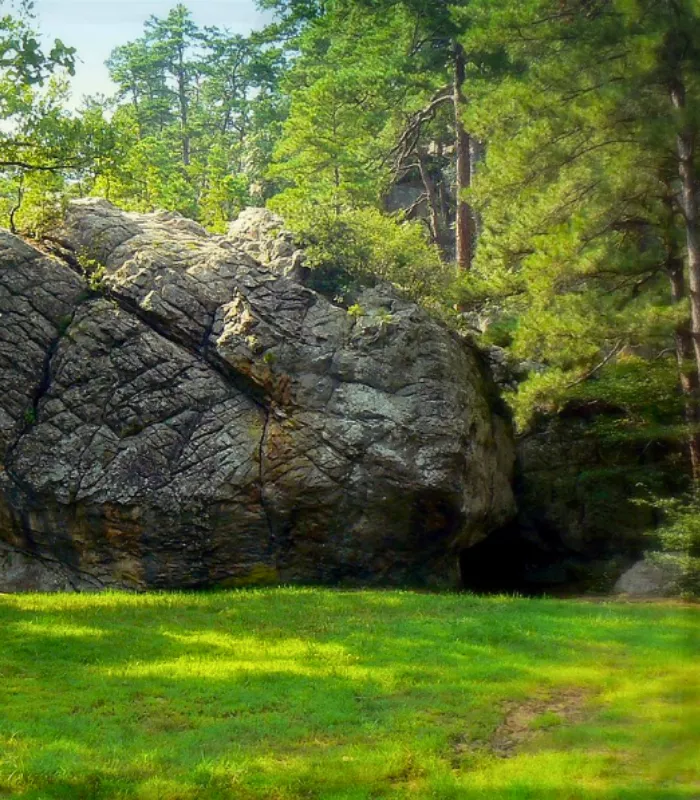
This state park gets its name from legends that outlaws like Jesse James and Belle Starr used the caves as hideouts. The park covers 8,246 acres in the Sans Bois Mountains.
The main attraction is a large sandstone cave formation that supposedly provided shelter for 19th-century bandits.
But here’s the catch – historians have found no credible evidence that famous outlaws actually used these caves. The “robber” connection appears to be mostly local folklore and marketing.
Why It’s On This List: Visitors expecting authentic outlaw history will be disappointed to learn the colorful stories are likely just legends created to attract tourists.
18. Glass Mountains, Major County
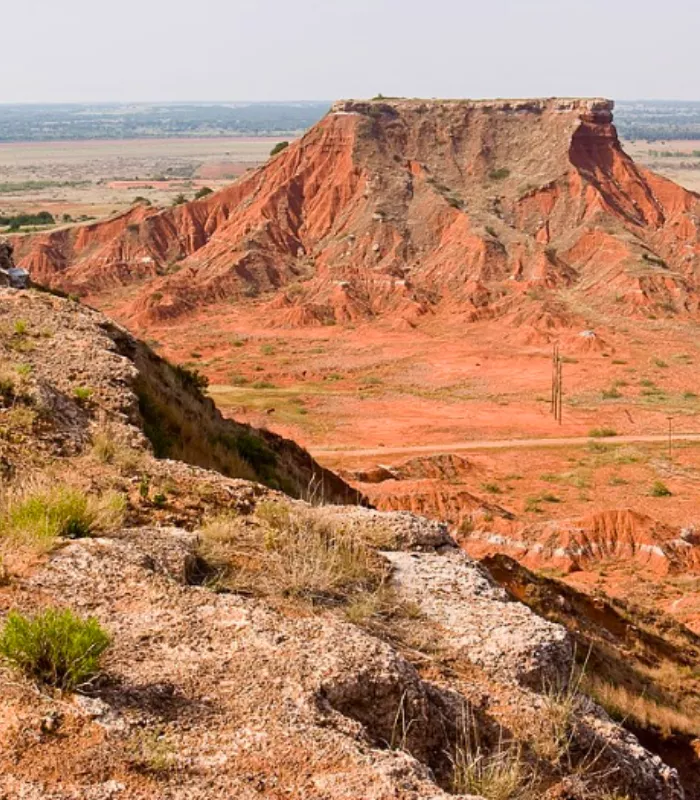
These mesa formations are covered with selenite crystals that sparkle in the sunlight, giving them their “glass” appearance. The formations rise about 150 feet above the surrounding plains.
The area offers hiking opportunities and unique geological features found nowhere else in Oklahoma.
But here’s the deal – the “mountains” are really just small hills, and the crystal formations are easily damaged by visitors. Much of the sparkle has been dulled by decades of tourism.
Why It’s On This List: The name “Glass Mountains” creates expectations of dramatic scenery that the modest hill formations simply can’t deliver, leaving many visitors underwhelmed.
19. Osage Hills State Park, Pawhuska
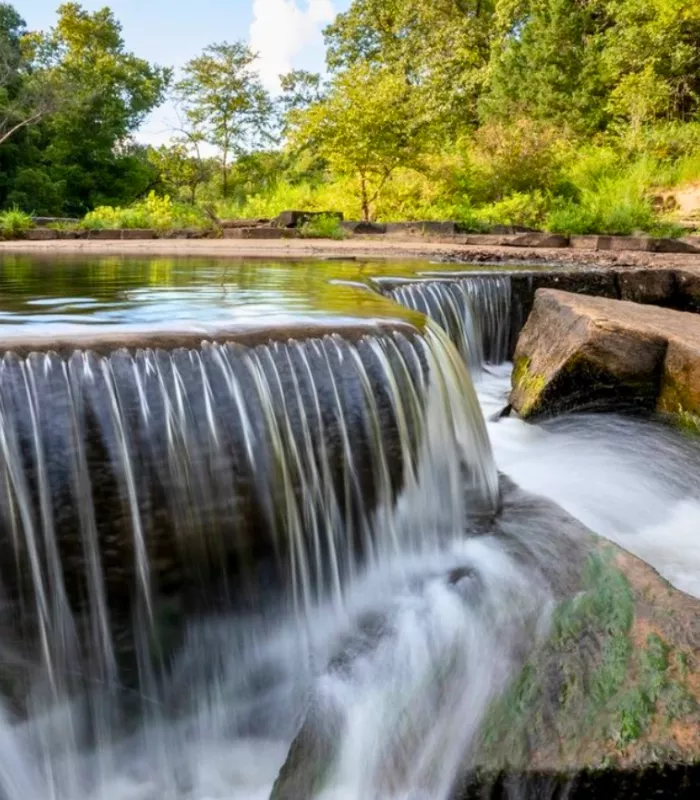
This 1,199-acre park sits in the Osage Hills and offers camping, fishing, and hiking opportunities. The park was built by the Civilian Conservation Corps in the 1930s.
The main attraction is a small lake surrounded by oak and hickory forests typical of the Osage Hills region.
But here’s the catch – the park facilities are dated and poorly maintained. Many of the CCC-era buildings need significant repairs that the state hasn’t funded.
Why It’s On This List: Visitors often find run-down facilities, closed amenities, and maintenance issues that detract from what could be a beautiful natural experience.
20. Alabaster Caverns State Park, Freedom
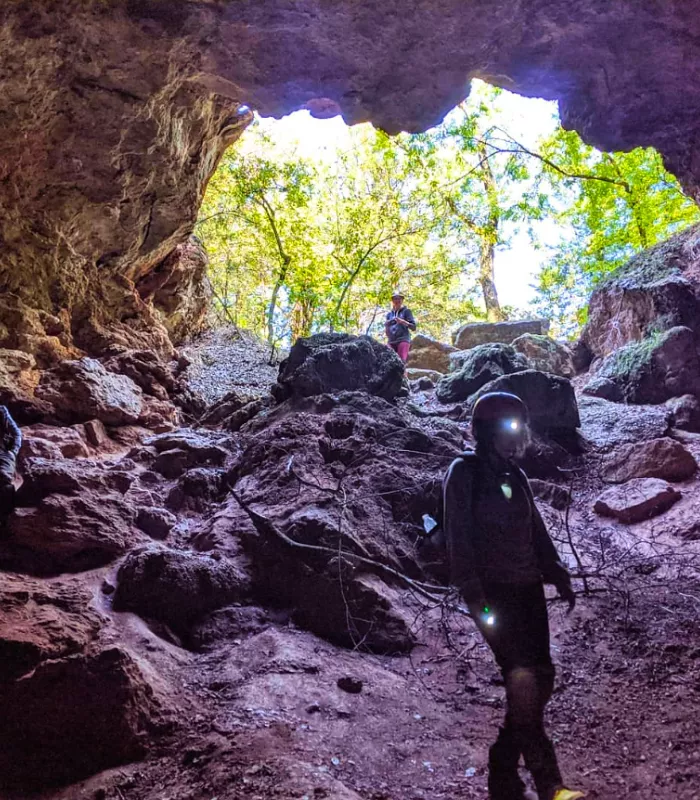
This park features the world’s largest natural gypsum cave open to the public. The main cave extends 2,300 feet underground and contains rare alabaster formations.
Guided tours take visitors through chambers filled with gypsum crystals and unique geological features formed over millions of years.
But here’s the deal – the cave tours are often overcrowded and rushed. The constant stream of tourists has damaged many of the delicate formations that made the cave special.
Why It’s On This List: What should be a peaceful underground wonder has become a crowded tourist assembly line that doesn’t allow time to appreciate the cave’s natural beauty.
